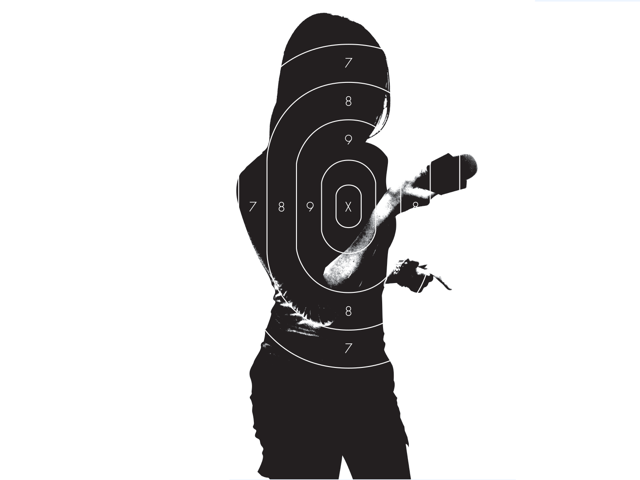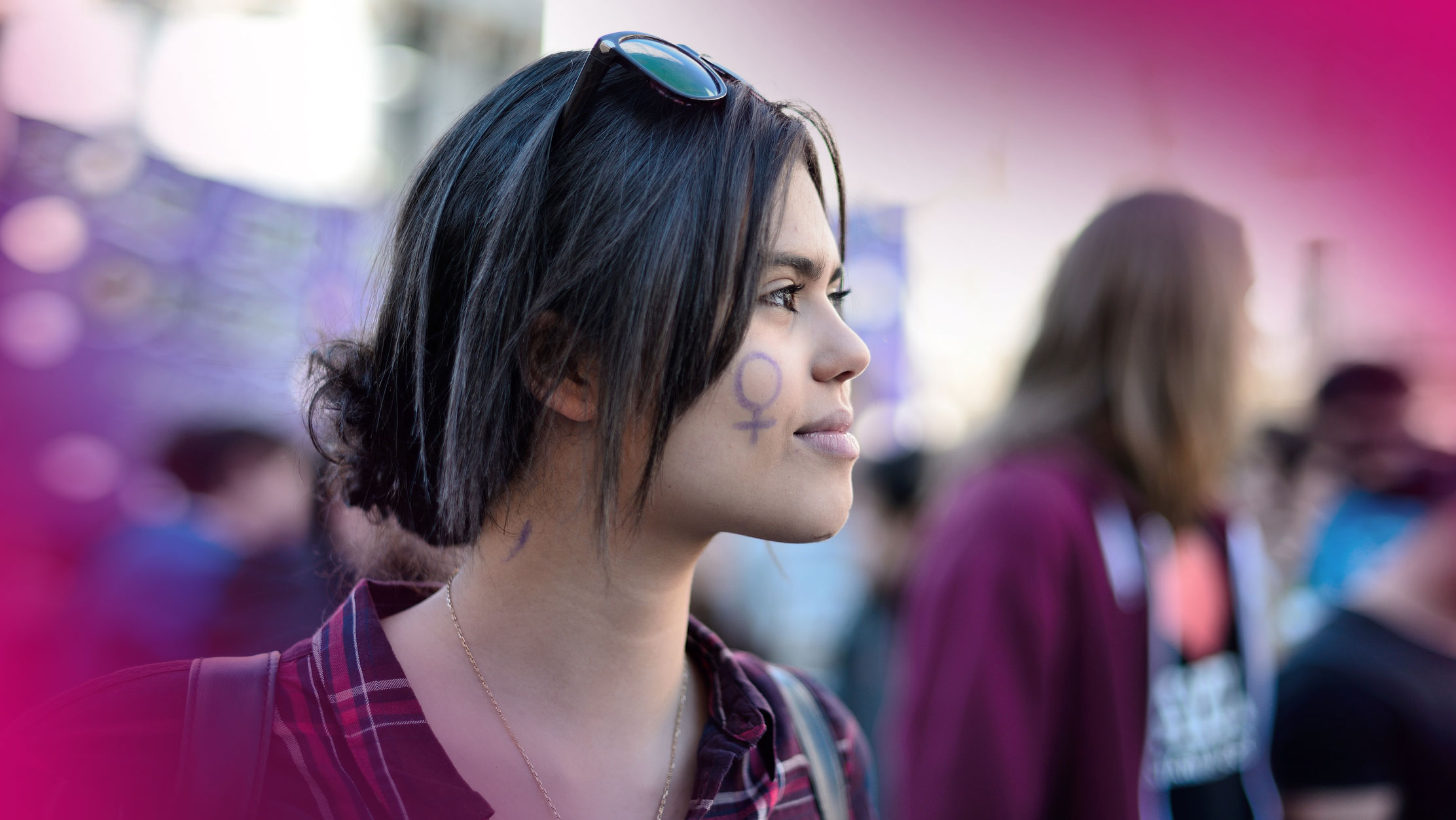IFEX bears witness to an unending stream of reports of people who are responding to acts of expression, with violence. This violence targets human rights defenders, it targets journalists, and it targets individuals based on their gender identity.
The IFEX Secretariat sits at the hub of a global network of over 100 organisations dedicated to the defense and promotion of freedom of expression. From here, we bear witness to an unending stream of reports of people who are responding to acts of expression, with violence.
This violence targets human rights defenders, it targets journalists, and it targets individuals based on their gender identity.
So it’s not surprising that there is a telescoping of this kind of violence and that it takes on a gendered aspect when we are talking about women, who also happen to be journalists, and who also happen to be reporting on stories with human rights angles. Not surprising – but profoundly disturbing.
Before even addressing the fact that such acts are simply egregious, it’s worth making the point that the world needs women journalists. As the authors note in the introduction to Violence and harassment against women in the news media: A global picture: “Women journalists have a long history in the news profession, and female correspondents have been risking their lives to cover the news since at least 1849, when Margaret Fuller reported on the invasion of Rome by the French forces of Louis-Napoleon.”
Women journalists are an essential part of telling the bigger story.
In her piece published in the Committee to Protect Journalists’ Attacks on the Press: Gender and Media Freedom Worldwide, Erin Banco describes how being a woman has at times put her at a disadvantage, but that it has also helped her access stories that otherwise would have never been reported.
“On the flip side, my male colleagues could not as easily speak with female sources, especially in precarious living situations such as refugee camps, war zones, or training camps. As a woman, I am able to gain access to the women and girls that are often asked to sit in a side room while I interview their father, brother or uncle. As a woman, I can sit with a mother and her children alone without her husband and speak to her candidly. I can ask her about her daily life and how she gets by day to day.
Women often feel comfortable sitting with me and talking about their mental state and struggles with post-traumatic stress disorder. They tell me tales of sleepless nights and wetting the bed every time a plane flies by. They find comfort in speaking with female journalists because of the divide between men and women in their own culture. That comfort provides me with access to stories about the broader implications of conflict than are available to journalists who are limited to interviewing soldiers.”
From Mae Azongo, one of the few female journalists in Liberia, taking on the taboo subject of female genital mutilation, and Caddy Adzuba, reporting on the hundreds of thousands of rape victims in the Democratic Republic of the Congo (DRC), to Esther Htusan, born and raised in Kachin State, Burma, who won the Pulitzer Prize for Public Service Journalism in 2016 along with her team of four women journalists for their reports on an international investigation into the fishing industry in Southeast Asia – to name only a few of so many more – the work of women journalists extends far beyond the borders of war zones.

Unfortunately, so do the attacks against them.
And while violence is sadly a reality for many journalists, when women are targeted, the assaults, whether verbal or physical, are often distinctly gendered.
A high profile case that is also a shining example of how sustained support and collaboration with civil society can help – in this case the support of Colombian NGO Fundacion por la Libertad de Prensa (FLIP) – is that of award winning investigative journalist Jineth Bedoya Lima. In May of 2000, Bedoya Lima was abducted, tortured, and sexually assaulted while investigating a story about violence at a maximum security prison involving state officials and paramilitary groups in Colombia. It was a horrific attack, and it has been an emblematic case of impunity. Only now, 15 years after the crime, is someone being held accountable. Jineth has since become a powerful advocate for women's rights in Colombia, particularly through her campaign “No Es Hora de Callar” (Now is not the time to be silent), bringing the issue of sexual violence against women into the public consciousness.
This year, women journalists are again among those honoured in the Tribute to Women Human Rights Defenders organised by the Association for Women in Development (AWID).
One, Anabel Flores Salazar, was the subject of an IFEX article in February of 2016.
The story of her disappearance started, as do the stories of so many other Mexican journalists, with a sudden kidnapping by a group of armed assailants. A police beat reporter working in a very dangerous part of the country, Anabel Flores Salazar's story also has an all too familiar ending: she was later found dead, miles away from home.
The OSCE Representative on Freedom of the Media, Dunja Mijatović, has warned of the growing threat women journalists face online.
“Constantly being singled out and targeted with abusive comments, many female journalists may re-evaluate the issues they choose to cover. In this way, such attacks pose a clear and present threat to free media and the society as a whole.”
In 2016, the OSCE published a set of recommendations to counter such abuse.
The point is clear. We need them. And they need us.
What is being done, and what more can be done, on behalf of women journalists?
According to the International Federation of Journalists, representing 600,000 journalists around the world, 70% of women media workers claim their organisations are not taking action to protect their security or safety.
We have to make sure that activism is part of every day, 365 days a year, if we are going to win this battle.
There are several organisations in the IFEX network, working on their own or through coalitions with others, raising awareness of the issue, monitoring and reporting on threats, getting media outlets more involved in finding solutions, and advocating for governments to do their part to end impunity for these crimes.
During the 16 Days of Activism Against Gender-Based Violence, we honour the courageous women journalists who have lost their lives.
We honour these women. And we do not want to see their numbers grow each year.
So let us also take this moment to honour the many individuals, groups and networks working to make sure that future generations of women journalists will never have to accept these risks as “just part of the job”.
Annie Game is Executive Director of IFEX (@AnnieGame)
